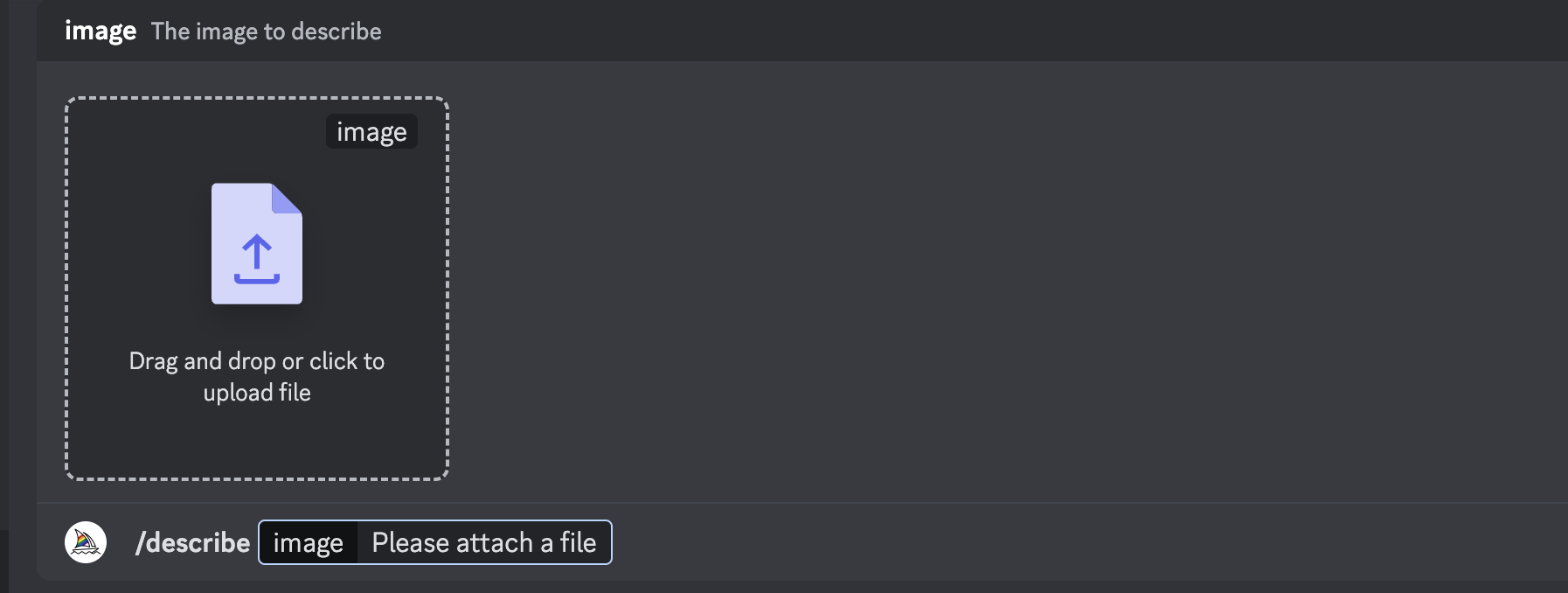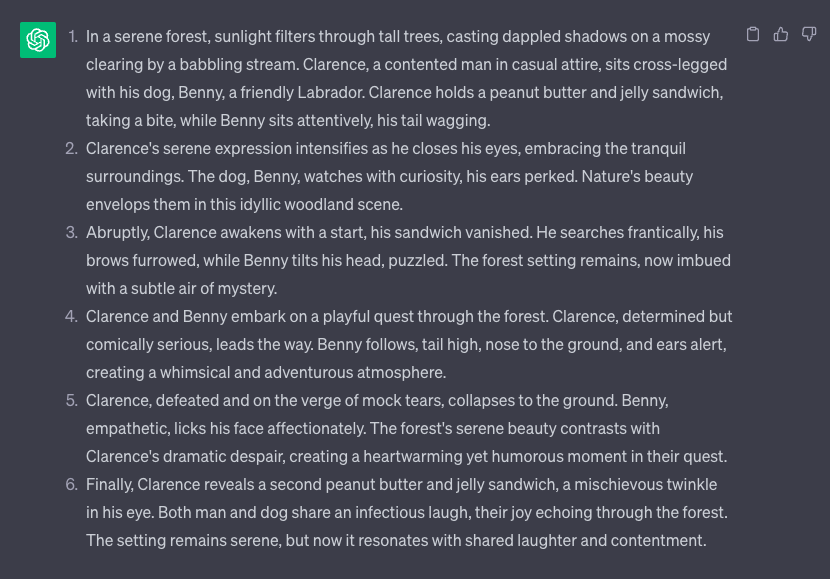“We write this letter today as professional artists using generative AI tools to help us put soul in our work. Our creative processes with AI tools stretch back for years, or in the case of simpler AI tools such as in music production software, for decades. Many of us are artists who have dedicated our lives to studying in traditional mediums while dreaming of generative AI’s capabilities. For others, generative AI is making art more accessible or allowing them to pioneer entirely new artistic mediums. Just like previous innovations, these tools lower barriers in creating art—a career that has been traditionally limited to those with considerable financial means, abled bodies, and the right social connections.”
– from an Open Letter of to Congress from over 70 Artists using Generative AI
Large Language Models – LLMs
A deep learning algorithm that performs a variety of tasks on massive datasets
Generative Adversarial Networks – GANs
In a GAN, two neural networks compete with each other in the formation of an image or sound.
AI & CREATIVITY
AI Strengths and Weaknesses
- can mimic human “content” – the economy of content creation
- not creative, except through human trickery
- goal seeking, linear in tasks
- precision prone
- no body = no embedded or encultured experience of a cosmos, distributed and non-local
- designed by humans
- fast and undistracted
Human Strengths and Weaknesses
- embodied memories: body + culture = model of a cosmos
- meaning and goal seeking
- creatures of habit
- slow and distracted
- limited bandwidth
- mistake prone = eureka moments
- has emotions and feelings!
What is Creativity?
- innate to human – like a muscle
- tools and material
- participation, improvisation in a process
- muses, inspiration, chance, intoxicants – getting outside habitual thinking, opening up to a process
Why Brainstorm?
- create chaos – a storm in the head – to get out of habitual thinking – ven diagrams, sketches
- create source material – mood-boards, create drafts and models
AI Brainstorming Tools
- ChatGPT
chat - Bing
search/chat - RunwayML
video editing and effects
video generation - Midjourney
image generation - Dall-e
image generation - ElevenLabs
voice generation - Stable Audio (stability ai)
audio and music generation
Story Ideas and World-building:
Text:
Use ChatGPT to build a story-world around a group of 4-6 individual fictional characters. This could be a music group, or a group of friends, co-workers, sports team, scientists, activists, inventors, poets from from any time period – past, present or future.
Basic steps for chat:
-
- In a prompt, ask for ChatGPT to create a group of characters in a specified time period and location. Describe what kind of characters you want. Ask for character names and backstories.
- Create the world around the group with new prompts (same chat session) about the economic, culture, political, climate or ecological conditions of the world around the group.
- Ask/prompt for more information about characters that interest you.
- In your initial prompt, assign a role to ChatGPT and a specific scenario. This seems to help the AI be a little freer in the creative process.
- Ask ChatGPT to help you write more prompts
example:
You are a story coach that is knowledgable about the variety of forms that a story can take. Help me brainstorm the characters for my story. With any of your responses to my prompts, suggest another prompt or question that I can ask you to help shape the story and characters.
I am going to give you a summary of my story and its world. Based on your initial response and prompt, I will respond with specific questions about characters in an open and free-flowing conversation with you. It is OK if the story veers from its original intention.
here is my story:
You are going to help me create the characters and world around a fictional rock band. This band is a Ukrainian jam band of six members formed in 2025. They combine rock, folk and AI music. After the war, when the band was formed, they became a Youtube sensation because of their strange harmonies, danceable music and lyrics that resonate with the times. Their members are a mixture of genders and ethnicities, but all are from Kyiv, Ukraine. They also all come from different music backgrounds which contributes to their unique sound. Their lyrics speak of the multiple histories and conflicts in the world, but express a hopeful future for all humanity.
followed by the prompt:
What is the name of the band, what are the band member names and brief bios?
after the response. follow up with other prompts:
Create a story SUMMARY about how the characters met.
Image:
Use Midjourney or Dall-e to generate images for your story-world.
Grab some fragments of text from the ChatGPT character generation. Use these to initiate prompts for images of your characters and settings
Use image-generation for:
- design prototyping – from your own sketches
- set design / interior design / architecture
- world-building
- use image descriptions for more prompts
Generating Characters in Midjourney:
To build images of characters, play with /blend and /describe. Zoom out for wider shots of the body and the setting. Use in-painting to edit regions and refine with more descriptive prompts.
Reverse engineer the image and get descriptive text for use another generator.
examples:
Scripting and Storyboarding:
In ChatGPT paste this initial prompt followed by your story summary from above:
You are an expert in movies, filmmaking, storyborading and visual storytelling. You are able to break down a written story into its visual components – shots or frames – each described in under 320 characters so that an AI image or video generator would be able to use the shot description as a prompt to create visual images of the original written story.
I want to generate 5 images to visualize my story. I will write my story summary below, followed by short character bios, and you will come up with 5 images to visualize key moments in my story.
Important: Provide ONLY a single-paragraph shot description for each moment. The description should convey the setting, characters, situation, style, mood – explicitly. Do not write headings or titles to each shot. Just paragraphs. For each shot description, repeat the description of the setting and/or the character(s), regardless if the same details were in the previous shot. Do not assume shot details are carried over from one shot to another. Don’t refer to a previous setting or character. Describe the whole image again from scratch. Include shot descriptions like “close-up” ,”medium shot”, long shot” etc.
Here is my story:
“In a serene forest by a babbling stream is Clarence and his dog, Benny. Clarence enjoys his peanut butter and jelly sandwich while Benny watches. Clarence closes his eyes to savor nature’s beauty. The dog watches as the man wakes up. Where is his sandwich? Clarence and Benny embark on a playful quest to find the missing sandwich. Then Clarence collapses in mock tears as Benny licks his face. Eventually, Clarence reveals a second sandwich, and they both shared a laugh and a bark.”
Rework the results for each shot by using the same descriptive language for setting and character. Specify lighting, genres, filmstock, director styles:
Other resources:






